There is quite a lot of excitement about the new Canon cameras. Of course, the much-anticipated Canon flagship is bound to attract attention, as well as the much-improved Canon R5 Mark II, which builds on the legacy of the famous R5. Yet, I am not buying any of these cameras. Here’s why.
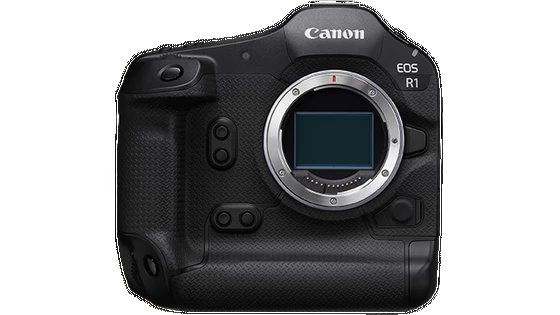
I’ll be honest, I don’t read that many camera news articles. Not because they are boring, but because there are simply other things a photographer should attend to before opening up camera news. Yet, the constant bombardment from Canon about their new “big thing” could not be ignored any further, so I happily opened a beer and reluctantly opened the Canon news. Canon finally announced their new flagship camera. Alongside that, they also released an update to their Canon EOS R5, which was much needed. After all, overheating is a problem filmmakers should not be facing in a camera of this caliber. Fortunately, there is a battery grip with fans built in that you can buy now.
This would not be my article if I didn’t say that I am not concerned with the newest camera releases. Frankly speaking, there has not been a bad camera since 2009. Even if you, somehow, still shoot on a 5D Mark II, there is no reason you are not earning money with your photography. For stills photography, there are really not that many improvements that can make a dramatic difference. Yet, as much as I am not concerned with the newest cameras, I still fall victim to email marketing and end up finding out about the new stuff that is being released in the industry. This is not because I refuse new technology—if anything, I welcome it when appropriate—but I do believe that the newest Canon releases are not really worth the attention they are getting. Let’s break them down one by one.
Canon EOS R5 Mark II
In terms of stills, as this is my primary (and only) field, this is hardly an improvement from the original. It has the same resolution as the Canon R5, which is still less than the Canon 5Ds, which is almost a decade old at this point. As a Canon 5Ds owner, I could not complain about anything in that camera. It is purely a stills camera, though, and there are clear advantages that both the R5 and the R5 Mark II have over the 5Ds. The biggest advantage would be the incredible autofocus performance that the R5 and the R5 Mark II have. If you are someone who often shoots fast-moving subjects and simply can’t afford to take it a little slower, this is the camera for you. This can be really beneficial to people shooting events and weddings who often have very little time to get the shot right. Moreover, wedding photographers will obviously benefit from the newer Canon cameras, that is, the R5 more than the R5 Mark II. When it comes to shooting weddings, as well as events, autofocus is key. Being able to track a particular subject when they are dancing, giving a speech, or doing any other activity can result in some great shots.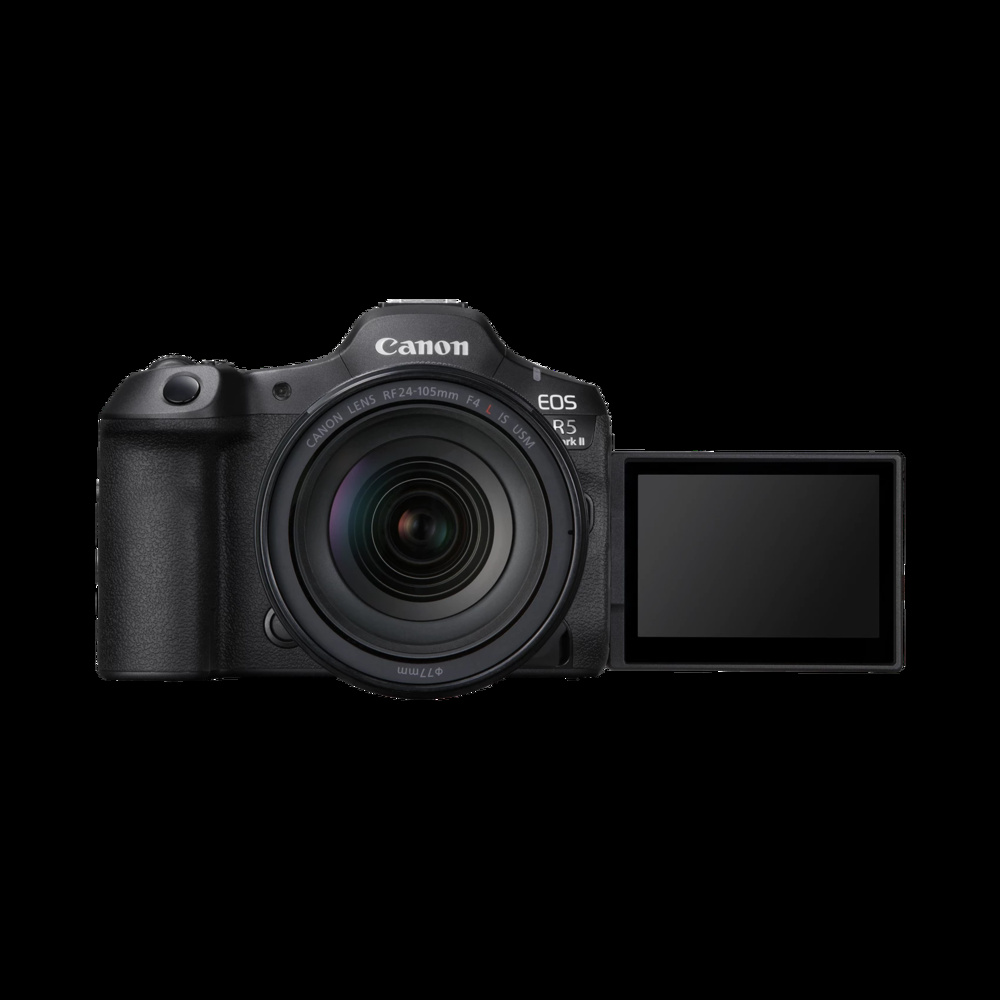
Another really useful feature that I see is the low-light performance that the Canon EOS R5 and R5 Mark II have. As much as I love flash, there are plenty of reasons to skip using it altogether. Indeed, there are instances where it is not possible and not feasible to use flash at all. For example, if you are shooting a group portrait of 50 people in a dimly lit venue. To properly light this up, you will need a lot of power, which is hard to bring on location, set up, and have work properly. For these situations, I would hire several assistants, as well as block off at least an hour for the photo. Then again, the reality is quite different, where the group often picks where they will stand, and you just have to work with what you are given. For these instances, there is definitely a lot of benefit to having a high-resolution camera with fast autofocus that is also great in low light. Then again, is there much improvement from the first R5? There really isn’t. As far as resolution, autofocus, and low-light performance go, you are equally as good with an R5 as you are with an R5 Mark II. The only thing is that the R5 Mark II is more expensive, being nearly five thousand dollars.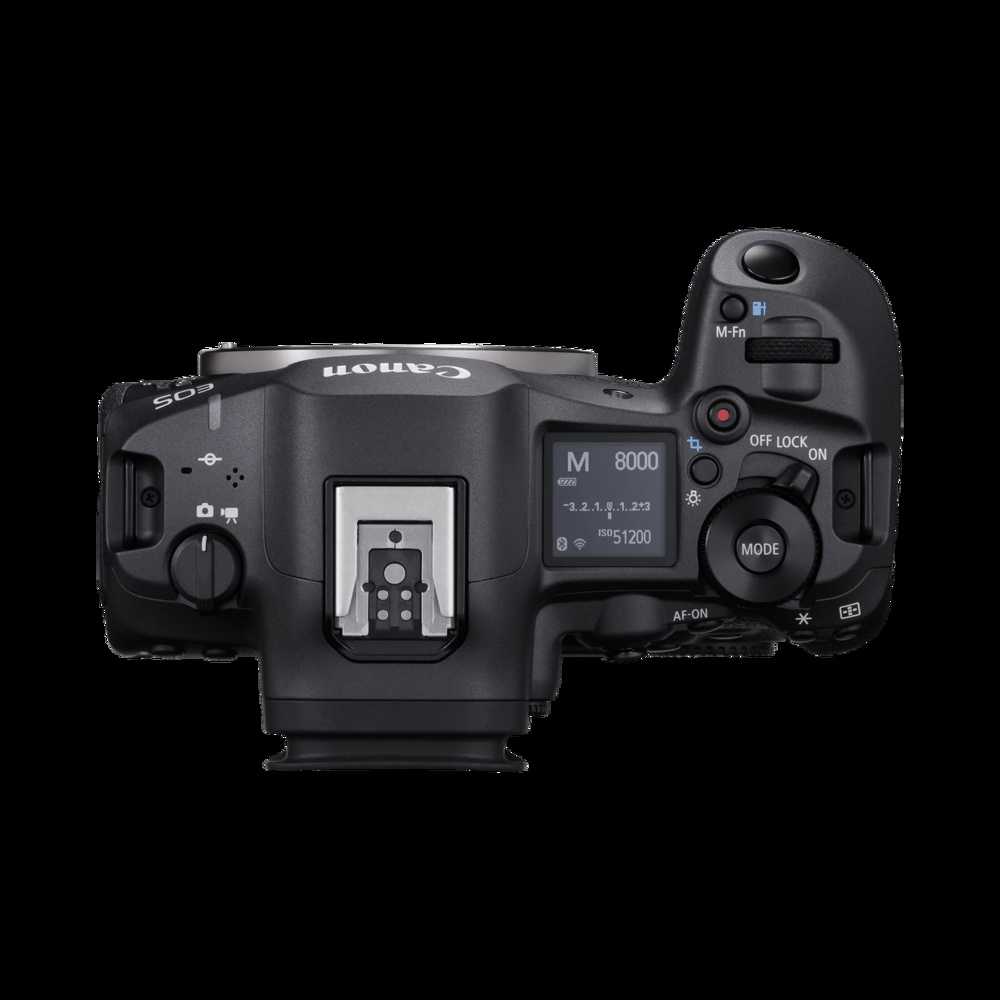
As I am no expert in video whatsoever, I can’t speak much about it. But from what the spec sheet and other reviews say, the R5 Mark II is a big improvement over the original camera. This is cause for excitement, of course. People who are doing both video and photo are able to shoot in much higher quality, as well as at higher frames per second. But this is about where my video knowledge ends.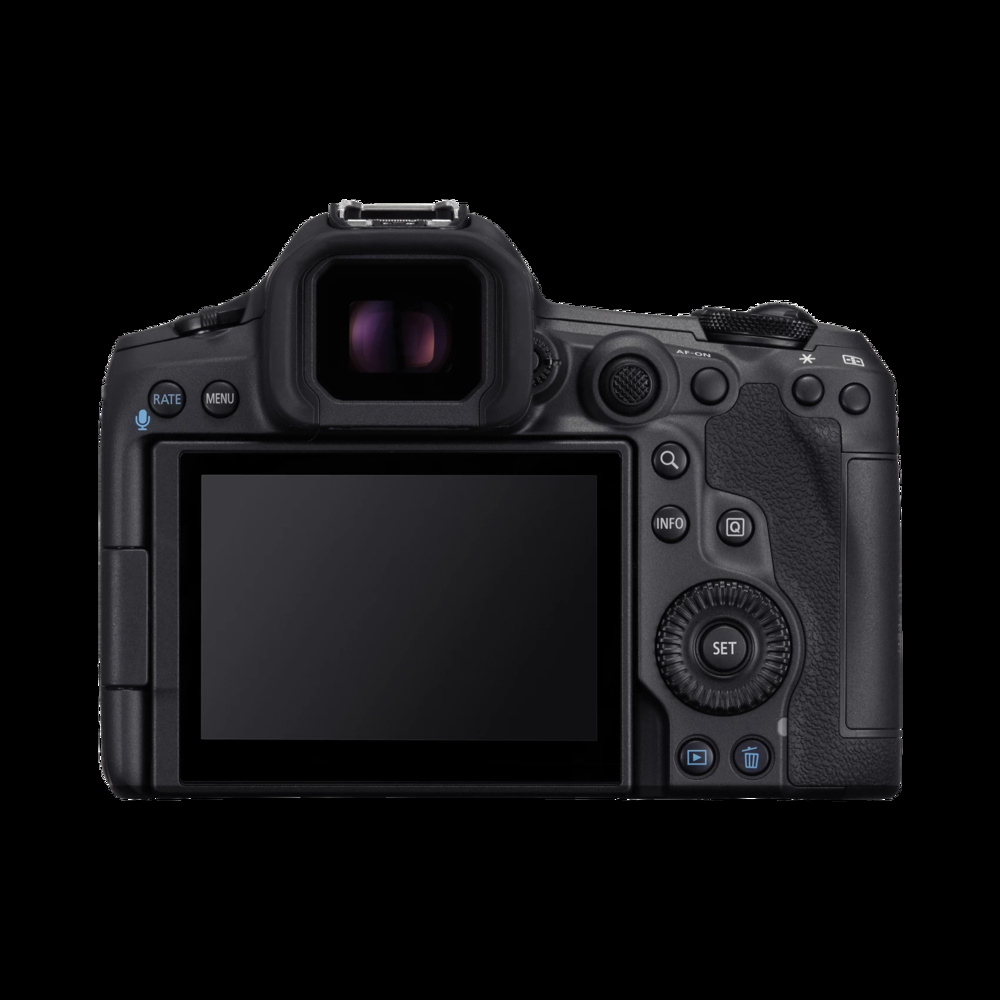
Canon R1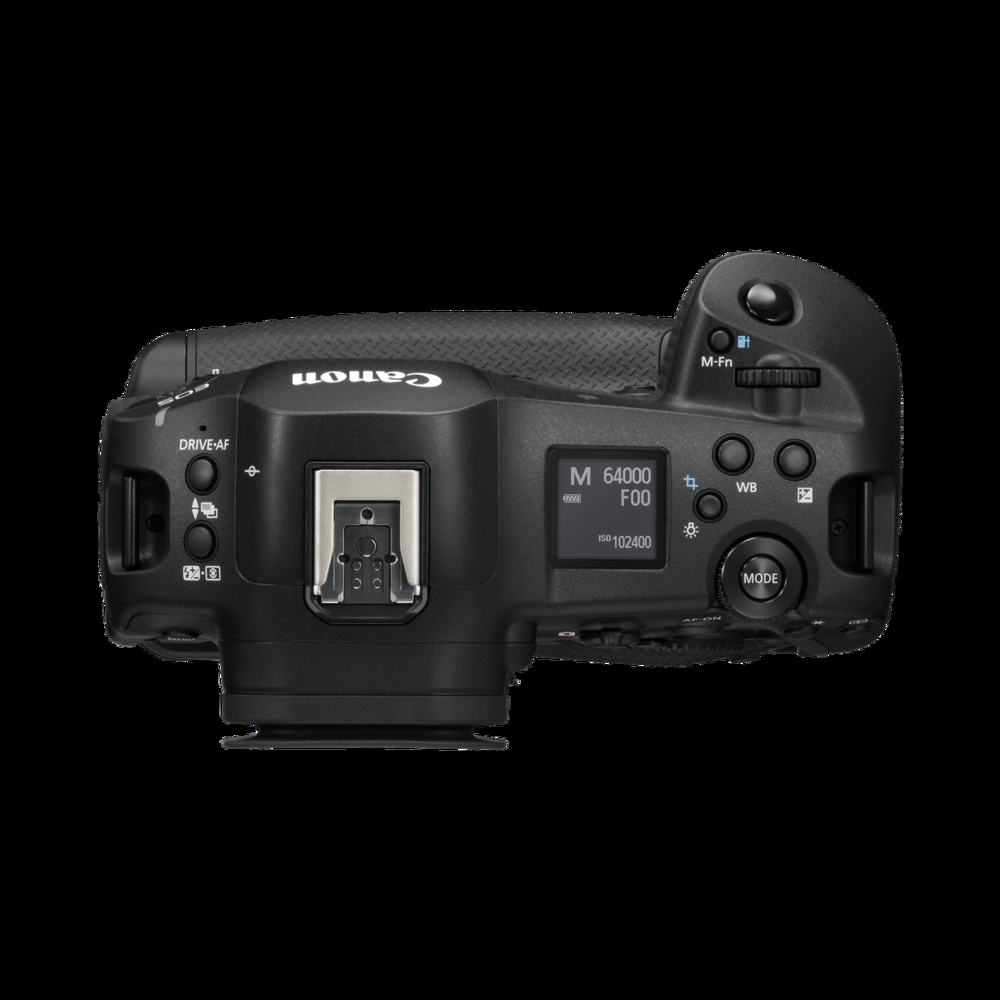
The much-anticipated flagship from Canon is, in some ways, much easier yet also harder to criticize. Long story short, it is not a crazy, career-changing improvement over the R3. The R3 is a very interesting camera indeed. In some ways, it was an interim flagship without ever being called a flagship. What the R1 is for many, myself included, is an R3 Mark II rather than a flagship. Then again, how much better can you really make a camera? The only real specs that make the R1 better are pre-shoot mode, slightly faster burst rate, larger buffer, higher sync speed, no video recording limit, better viewfinder, and that’s about that. Breaking them down one by one: pre-shoot mode simply ensures that you capture frames even before pressing the shutter button. This can be useful in action photography, yet a skilled photographer would not miss a shot anyways. Higher burst rate—40 fps opposed to 30 fps—is overkill in my opinion. Unless you are shooting bullets flying through the air, you don’t need that speed. A larger buffer won’t give you much beyond those times when you are essentially shooting movies with still images. A higher sync speed is pointless, as it gives a minor improvement, 1/320s vs. 1/250s. High-speed sync exists for a reason, and even then, not every flash might work with this. What people were really hoping to see was something along the lines of Sony’s a9 III, with its famous global shutter and true game-changing advancements in camera technology.
Closing Thoughts
While the Canon R1 and R5 Mark II undoubtedly bring some interesting features to the table, they don't represent the game-changing advancements that many of us were hoping for. The incremental improvements and high price points make them less appealing for photographers who are already well-equipped with previous models. The reality is that in the world of photography, there haven't been any truly "bad" cameras for over a decade. What matters more than having the latest gear is mastering the tools you already have and focusing on the craft of photography itself. So, before you get caught up in the hype and feel the urge to upgrade, consider whether these new releases genuinely offer something that will transform your work—or if they're just another marketing push designed to empty your wallet.
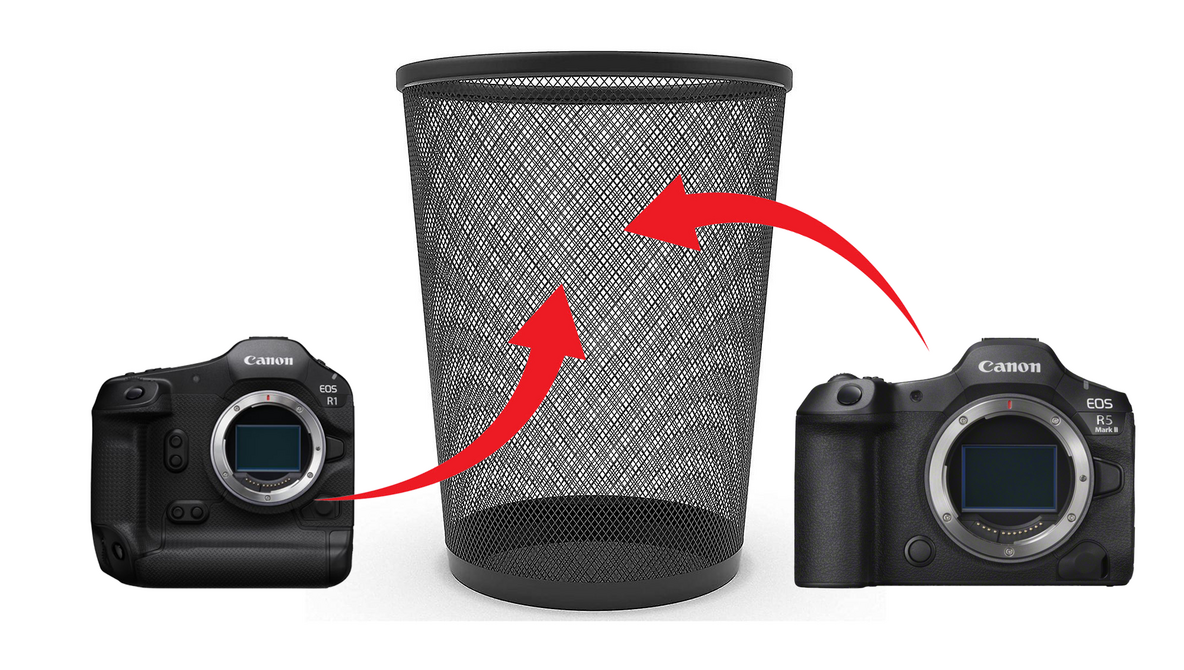







These cameras are getting divided down to very specific niches.
For example..as a music photographer, I benefit from stacked high mp sensors. My options for that are the r5ii, z8 or z9 or sony a1. And then those divide down to who needs mechanical shutter vs who doesnt, and then you choose a camera launching with similar specs as the a1 which costs around the same as a used a1 or an a1. Everyone has a use case.
Agree and while Illya may not feel compelled to upgrade or switch, many others do. For example, the R5II now has a stacked sensor, no EVF blackout, and improved AF, welcomed additions by any sports and wildlife shooter. Admittedly, for the street or landscape photographer, there aren't a whole lot of compelling reasons to upgrade. Other important upgrades are the addition of RAW pre-capture, larger EVF, video, etc. For the R1, the improved FPS and ball auto tracking are huge to those of us who shoot sports. So, is this an incremental upgrade? Absolutely, and those who feel a need to do so and have the means will likely purchase one.
I won’t be buying an R5ii because I’m not considering a brand switch. But for those considering an upgrade from the R5 or another model or brand, a really valuable feature is the stacked sensor with fast read out speed. This enables you to use silent electronic shutter full time without risk of rolling shutter distortion or banding artefacts under artificial lights for stills, or distorted verticals for video. For events, wedding and performing arts photography these are huge benefits.
Totally agree with the author here. My R5 covers almost everything I need for action, but what I really miss is the beautiful rendering you get from something like a Leica M10 or the old Canon 5D. It’s a shame that camera makers seem more focused on cramming in more resolution and features over that unique image quality.
After looking at the author's site it's clear that his type of work does not demand the type of speed and reliability that the R1 offers, but does demand higher resolution. So while the R1 may not be for him, well, if I were sent to a war zone I'd probably value reliability over sheer resolution. Honestly, I'm kind of surprised that he doesn't use a MF setup, given the type of photography he does. Which is really nice, BTW.
Does the author actually know anything about camera technology? Other than stating the obvious--you don't need to upgrade to an R5 M II or R1 unless the upgrades offer something you need that your current tech does not--he makes the mind boggling assertion that the A9III with its global shutter has "game-changing advances". Well, the A9III is a technological tour-de-force, but I have no idea what game it is advancing in a substantial way. In fact, the "game-changing" tech actually makes the camera less suitable for uses that other cameras, like the A1 and A9II, were plenty competent at addressing.
The global shutter eliminates rolling shutter, but the fast readouts of today's cameras with stacked sensors makes RS essentially a non-issue. The A9III has an astonishing burst rate--60fps-120fps--but the author already dismissed 40fps as unnecessary fast (I agree, and I definitely don't need/want 60fps!). Some say that its AF is a little better than the competition--others say it's no better. Regardless, assuming there is some improvement, it is not enough to be called "game changing". And then there is the incredibly weak base ISO of 250, which makes shooting sports on a bright, sunny day potentially problematic.
In short, the author summarily dismisses what the new Canons offer as incremental and unnecessary--which I can respect--but then blows all his credibly by fawning obsequiously over a camera that is technologically advanced, but offers almost nothing that significantly advances practical efficacy over the competition or even Sony's own A1.
Maybe your next article can explain why the A9III is "game changing." SMH
If HSS was a game changer, so is global shutter. Most likely it’s just a question of time before it’s mainstream.
I see the point being made, but somewhat disagree with the take being given. I think we have hit a point with cameras that for the most part you aren't going to see many across the board mind blowing changes but instead just solid niche improvements. Take the R6 vs the R6-ii for stills this wasn't anything major so if you had a R6 you probably did not upgrade unless one of the small tweaks stills got was something that made a major difference for you... but on the other hand if you were using it for mainly video the improvements could be worth the upgrade. This is similarly seen with the R5/R5-ii and R3/R1 I'm sure there will be plenty of people that have ether the R5 or the R3 and won't upgrade cause what they have is doing the job just fine and the cost of an upgrade just isn't worth it to them. But if your job depends on getting the shot no matter what (especially for sports in this case) than the new autofocus features and greater fps plus precapture f may very well be worth it to upgrade. One thing I did want to hit on though is calling the A9-iii "true game-changing advancements in camera technology" I can"t say I wholly agree. Don't get me wrong the A9-iii with that global shutter is definitely something to be proud of but it isn't the end-all, be-all even within the sports category, there are significant tradeoffs that mean that it is great for some things but make it completely unsuited for others. Once again it's a solid improvement for one niche group, but little more than interesting if those drawbacks are where you need your camera to be strong.
I think the A9-iii is pretty neat but it doesn't play to what I need and I one of those that it's drawbacks make ut less useful, so it's not even on my radar for purchase. On the other hand the R5-ii checks all the boxes including a couple the R5 and R6/R6-ii missed that were the reason I had not bought one of them. So for me and what I need the R5-ii is what works. The next person though maybe the R1 checks that last box to get the tool they need to get the job done over an R3. It's all about getting the tool that does what you need done reliability.
The author makes a great point. As a user of tools (I don't want to say professional as the same logic applies to amateurs) there is no point in upgrading if the hammer doesn't do materially better job.
While for video, this is a significant improvement. If you need great AF, there is a significant improvement. But if you are a landscape or fashion photographer, you might not even need AF.
Flash sync speed improvements might benefit this photographer if he can't completely control his light. But 1/320 is not an improvement over 1/250. And the IQ price is too steep for many uses to contemplate Sony's global sensor.
Now 1/2000 might be useful. But that is 6 times faster than the current read speed. It might be ten years before that is delivered by sensor designers. Other improvements important to photographers are likely the same story.
So for pure photographers, the new update cycle might be once every 8 years. Just like the days of film professional cameras.
Useless, personal and specious positions since until now only sports freelancers have used them. You base your opinions on the technical sheets, not even the decency to try them. Who knows how much they paid you since some fashion editorials make you one of the many. How sad.
And just who did sponsor this article?
I shot for many decades and I stopped looking at other cameras after 1DXi ... With good glass and that body you can shoot 99% of what most clients ask for.
Only exception might be silent shooting for classical concerts etc....
I will not buy anything soon, and if i do i will probably just Buy a 2nd hand 1DX again
The author is clearly a limited photographer with limited technical and practical knowledge to comment about how useful are the camera specs to different applications. I am a Sony user and have benefited from every "minor" improvement in their cameras, all of them proving to be of great value to my old style classic photography. Canon is working hard to offer photographers the best tools allowed by present technology and these two new cameras are each a true great step forward to help creative professionals to be competitive. The author risks being obsolete too soon!
Let me be just a little bit sarcastic...if the author were sponsored by Canon, then the title of his article would be.....
" Why the Canon R1 and R5 MarkII are for me "...
Unfortunately, Canon did not support Canon 5Ds and Canon 5DSR models with serious updates. Other companies did it with a recognition of person, objective, better dynamic Euros and focus on their cheaper models. We feel stupid that we invested so much money for so little support.